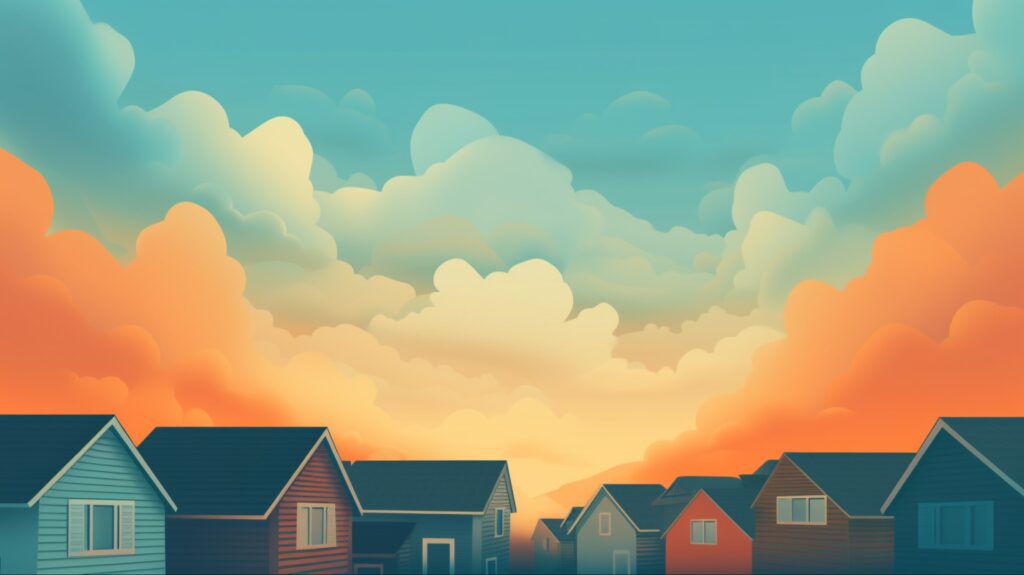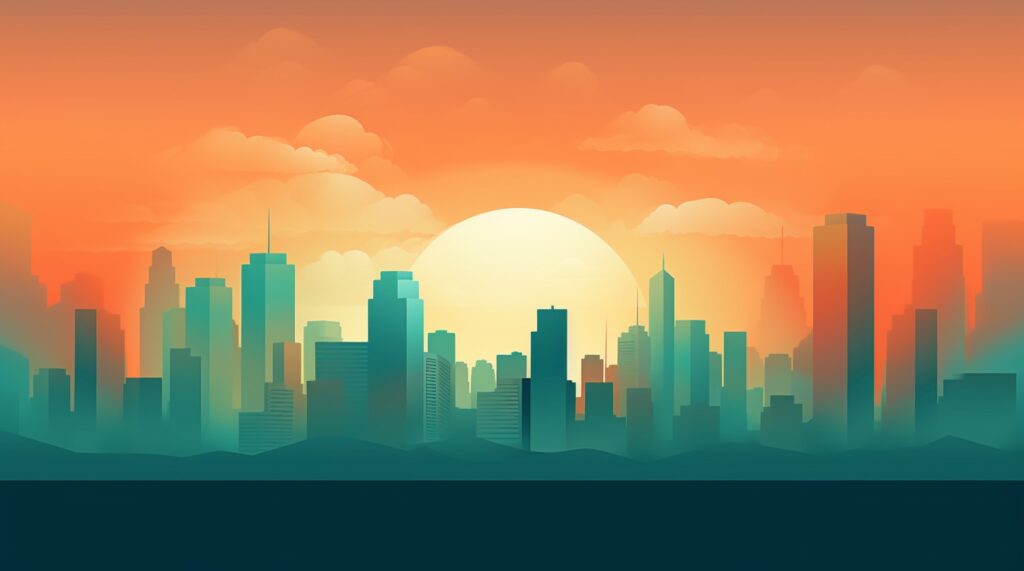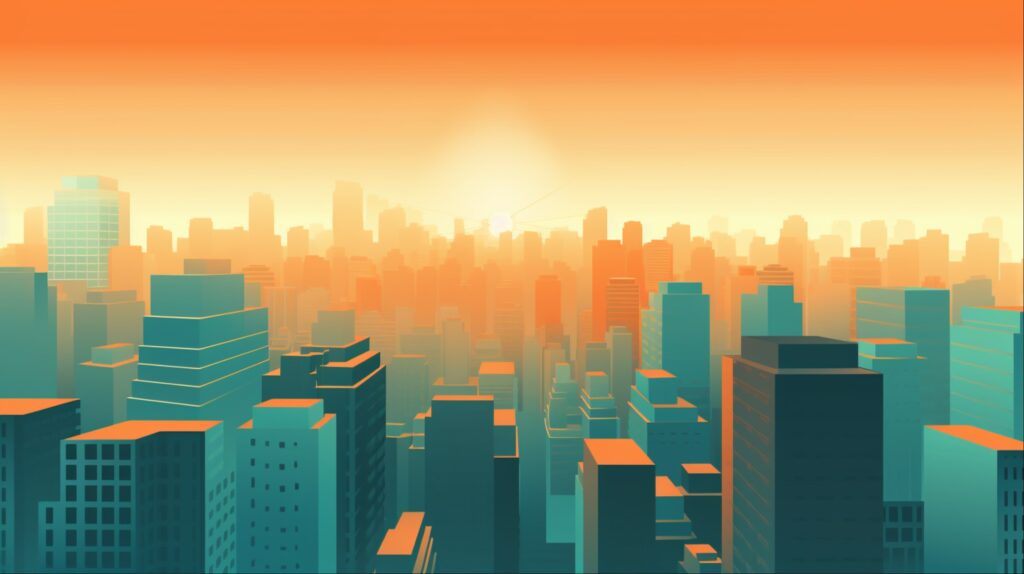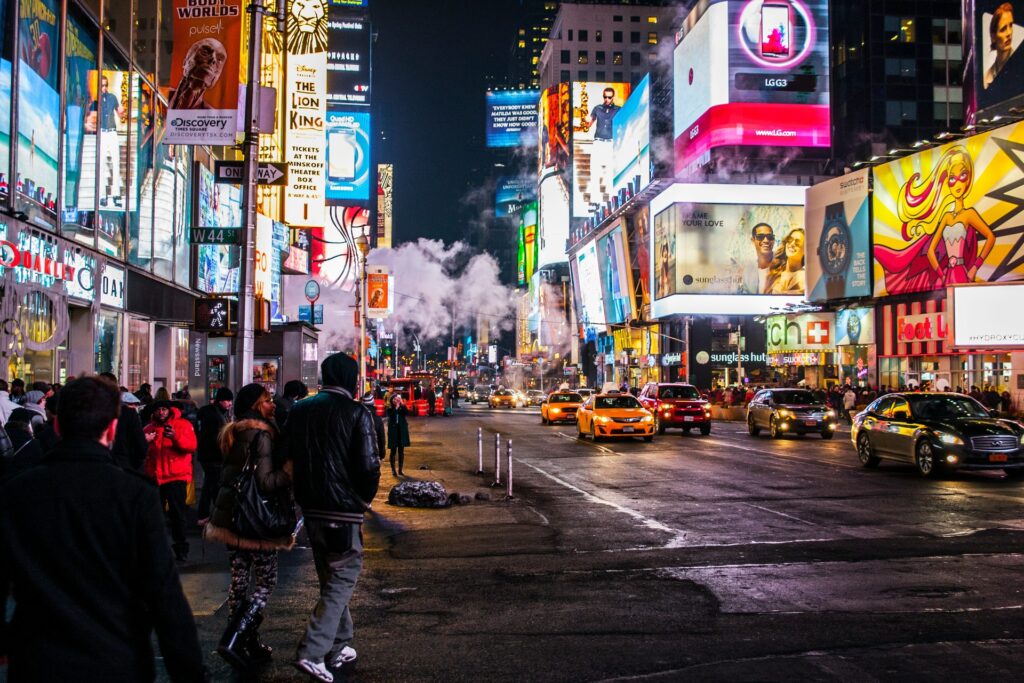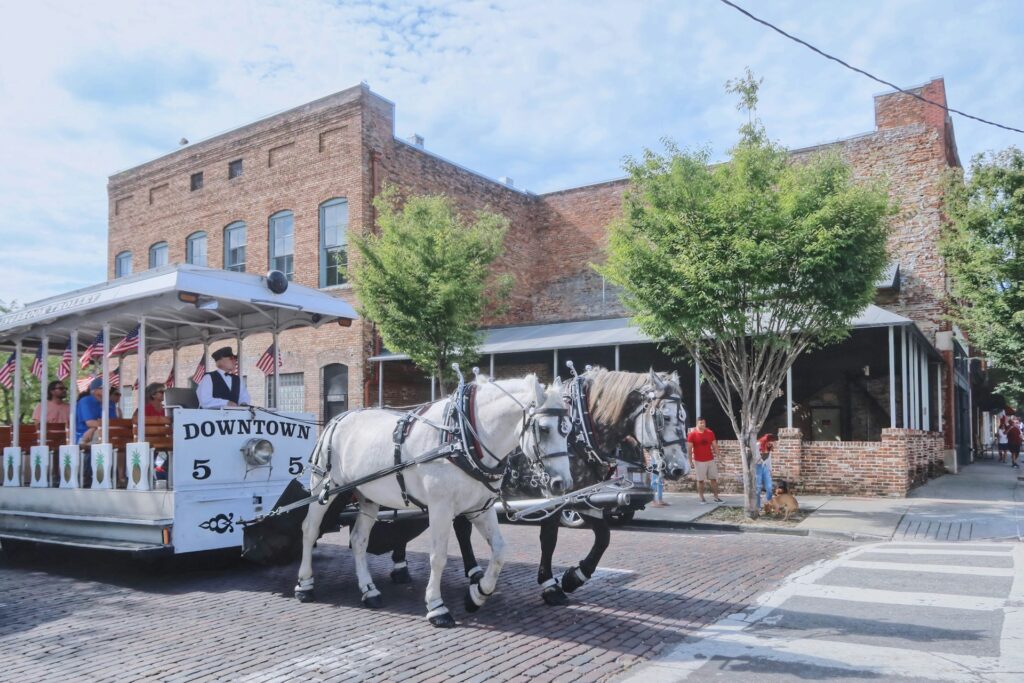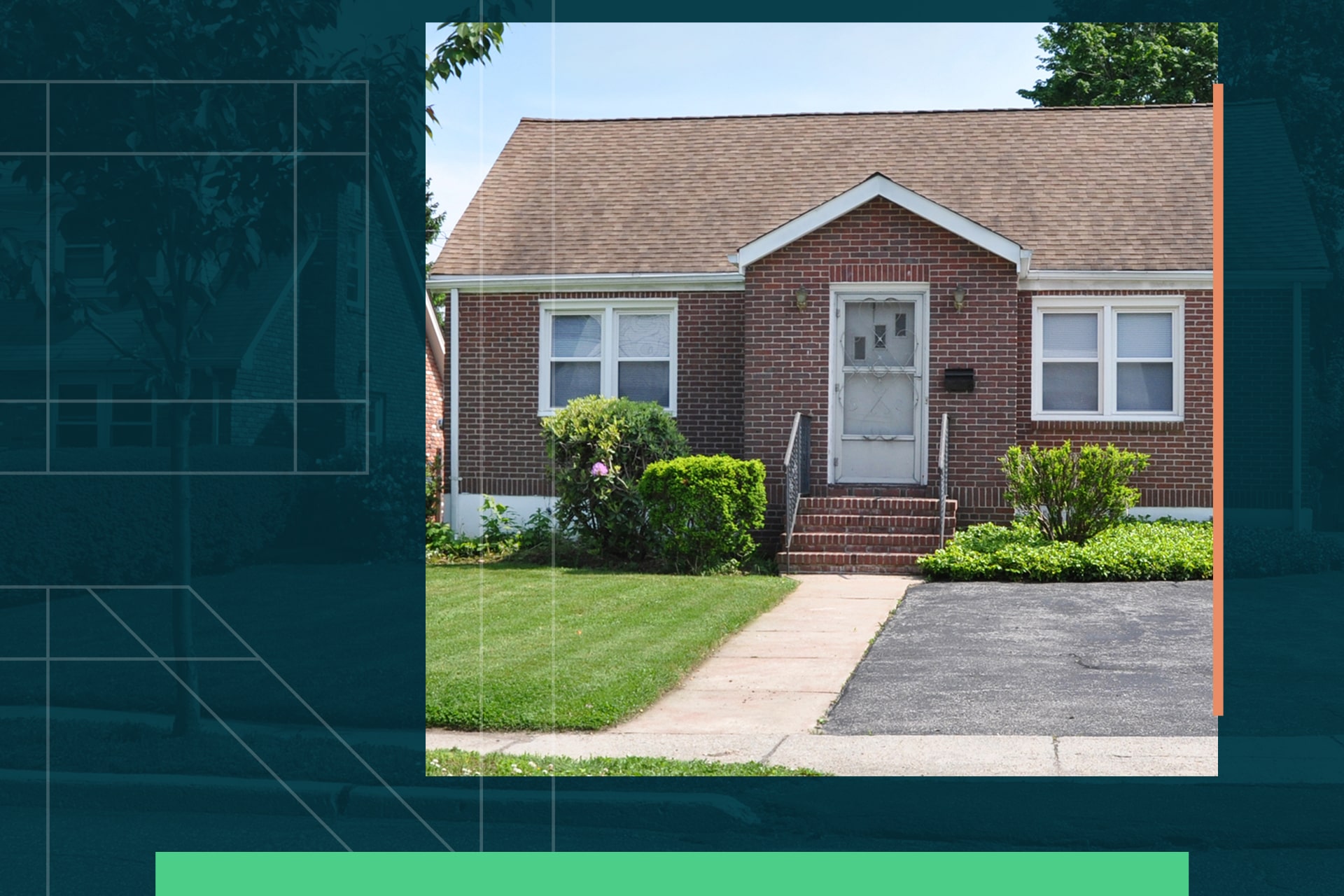
We are reader-supported. When you buy through links on our site, we may earn an affiliate commission.
Spend a couple of hours watching any home improvement channel, and you’re likely to see a bungalow style house. The design remains popular year after year because of its unique characteristics and individuality.
Some typical features include an extra half-story on a single-story home, a low roof pitch that juts over the front porch, roof overhangs and square columns.
What is a bungalow style house? It’s a little challenging to define because the term means different things to various people and changes based on where you live in the country.
History of Bungalow Houses
Between 1880 to 1930, America was growing fast. There was a need for small, inexpensive houses as people moved from rural locations to industrialized cities. Businesses such as the Aladdin Company of Bay City, Michigan sold bungalow kits through mail-order catalogs, and Sears, Roebuck & Company sold plans and supplies as early as 1895.
The most common siding used was clapboard, but some homes also feature stone, brick or cedar shingles. The interior of the rooms offers one-and-a-half stories and a front door entering into the main living area. The floor plan lacking a formal parlor was fairly open for the time. Built-ins are a popular feature of the bungalow, both for the decorative touch and functionality.
Homeowners must be careful with the historic preservation of an early 20th-century bungalow. For example, to repair columns, you should use materials that people would’ve used originally. They’ll also need to bear the load of the substantial porch overhang.
Different Types of Bungalows
You can find several variations in the bungalow style house, including:
- Classic bungalow: The classic look is the craftsman bungalow. It has gables that face out to the street, a small covered porch and shingled roofs. It’s a style you’ll see from nearly any decade in the last sixty years and speaks to small-town America.
- California bungalow: This style is similar to the craftsman style, but the materials differ slightly. A California bungalow may use stucco or wood, but not brick.
- Prairie style bungalow: Frank Lloyd Wright was one of the Chicago architects behind this unique style. These houses have large piers, casement windows and broad chimneys.
- Modern bungalow: For this style, you’ll notice slight variations, such as curved corners and porthole windows. Rather than brick or wood, these homes are typically concrete and have a lot of glass.
Although there are some slight variations in styles, you can recognize bungalows by their balanced appearance, low roofs and small front columned porches.
The Popularity of Bungalow Homes
Why is the bungalow such a popular style? Part of the reason may have to do with the nostalgia it brings. Perhaps it reminds people of visiting Grandma or driving down the streets of their hometown. The design is also very functional. Although the structures are small, the space inside offers built-in storage and open spaces that are conducive to family life.
You can find these homes nearly anywhere, and by adding personal touches to the front porch area and inside, the bungalow becomes as unique as the people who live there.
Pros and Cons of a Bungalow Style House
Like any housing design, there are both pros and cons to bungalows.The pros of a bungalow style house include:
- Open floor plan.
- Easy to find in almost any location.
- Perfect for first-time homebuyers and retirees.
- Small structure that reduces your carbon footprint.
- Common materials that are easy to find for renovations.
The cons of a bungalow style house include:
- Wood columns tend to rot over time.
- Larger roofs that are costlier to replace.
- Older properties may have unfixed issues.
- The structure takes up more land than a two-story home.
- Sometimes priced higher per square foot due to popularity.
- Figuring out original colors and materials can be challenging.
- Front porches are heavy and may require a lot of maintenance.
While there are some drawbacks to bungalows, we think you’ll agree they have a ton of curb appeal.
What Makes a House a Bungalow?
If you long for a simpler time where neighbors sat on the front porch and chatted about the weather, a bungalow is probably the perfect choice for you. Based on how popular they’ve always been, you shouldn’t have any problems finding one to love.
Check out our Complete Guide to Different House Styles in the U.S.




